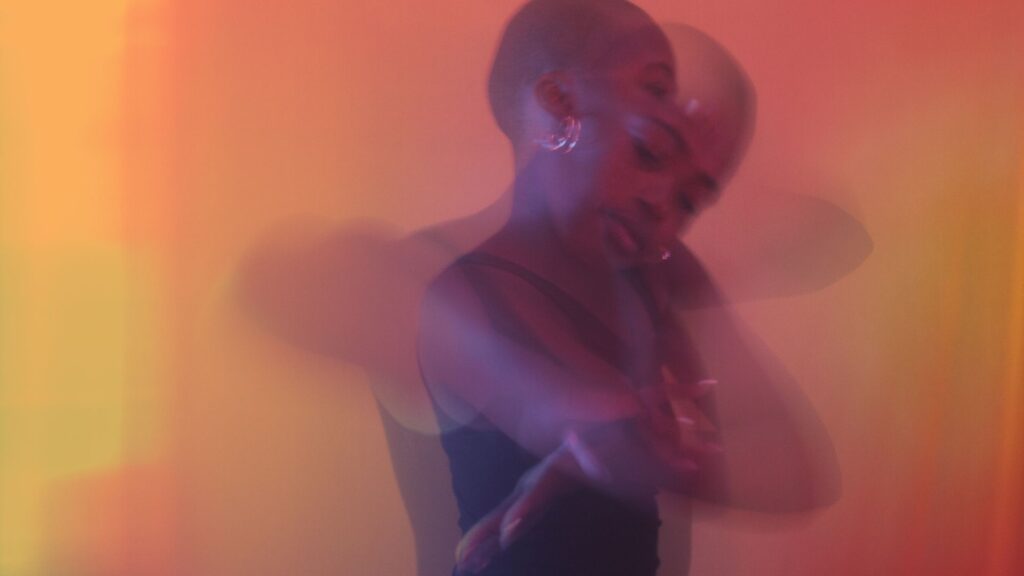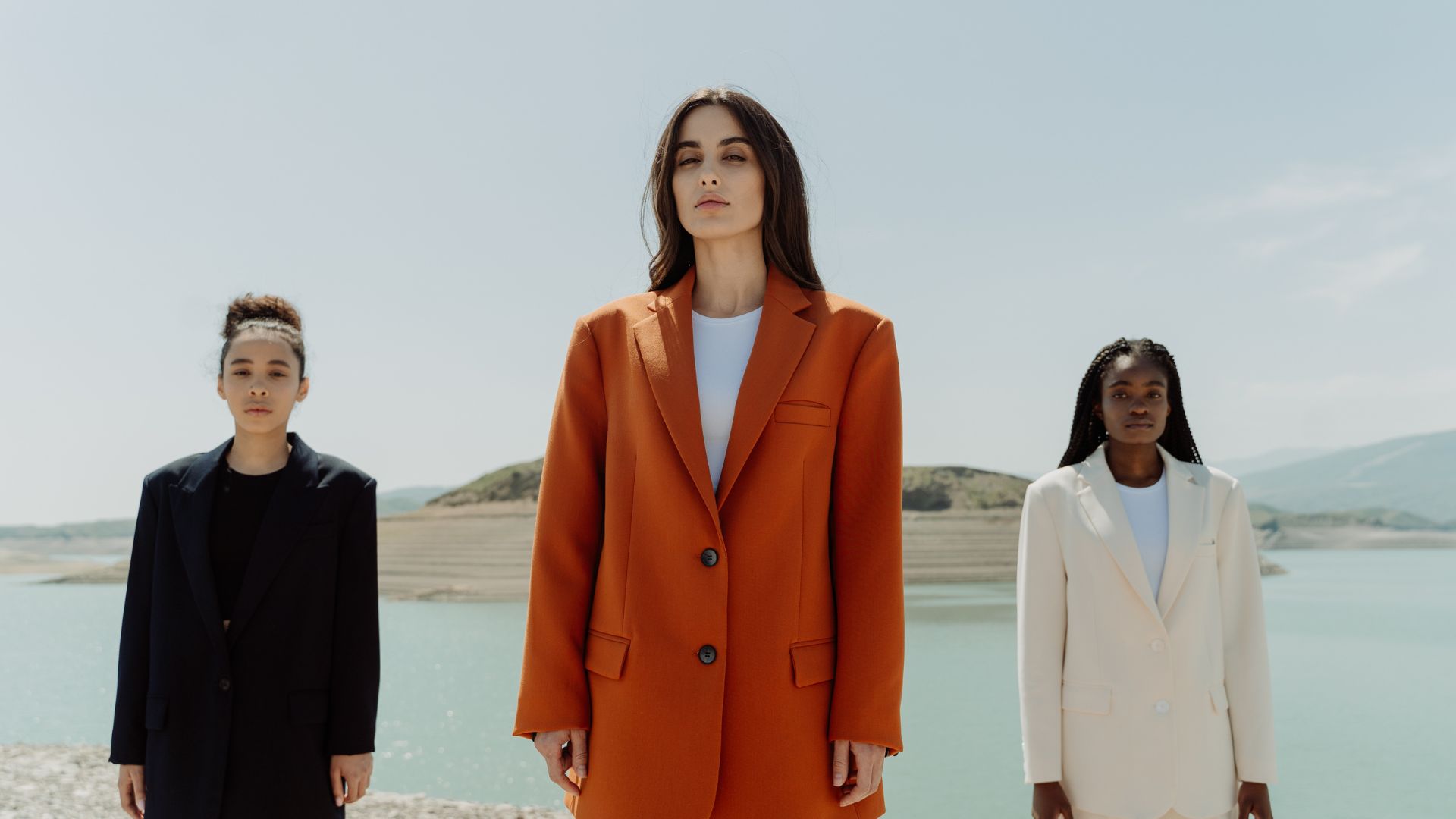We recently returned from a week at Clinique La Prairie, one of Europe’s most advanced longevity clinics, immersed in the science, strategy, and sensory experience of cutting-edge preventative health. From pioneering diagnostics to biohacking treatments, one thing is clear, longevity is not simply a popular trend, it is shaping the future of wellness.
We’re observing a shift in both consumer expectations and industry innovation. The longevity market is projected to exceed $610 billion globally by 2025, driven by growing interest in proactive health, functional medicine, and hyper-personalisation that aims to extend lifespan and healthspan; the number of years we live in good health, free from chronic illness and cognitive decline.
Modern wellness consumers are no longer satisfied with reactive healthcare or one-size-fits-all solutions. They are looking for evidence-based interventions, a proactive approach, and brands that can deliver long-term benefits. Longevity is no longer reserved for elite clinics and academic research, it’s becoming central to wellness consumer behaviour.

Redefining What It Means to “Live Well”
The global conversation around longevity is expanding, from the pursuit of longer life to the optimisation of health and ageing. Increasingly, wellness consumers are asking “How can I sustain my health for longer?”
This shift is underpinned by a deeper understanding of the biological and environmental factors that accelerate ageing. As research into inflammation, mitochondrial function, metabolic health, and neurological resilience becomes more accessible, wellness consumers are actively seeking out tools and protocols to improve their long-term wellbeing.
What does this mean for wellness brands? Whether you offer products, services or experiences, your audience is already looking through the lens of longevity. And they are becoming more discerning, prioritising efficacy, personalisation, and preventative value over exaggerated claims or short-lived trends.
Key Interventions Leading the Longevity Movement
Consumers are searching for forward-thinking treatments and longevity protocols. They want interventions that are grounded in research across science, holistic wellness and healthcare. Some of the most popular treatments on offer –
1. IV Infusion Therapy: Targeted Cellular Optimisation
IV nutrient therapy has evolved significantly, moving from general wellness maintenance to precision medicine.
The rationale is simple: IV administration bypasses the gastrointestinal system, enabling faster absorption and higher bioavailability. In the context of longevity, IV therapy can support immune resilience, mitochondrial efficiency, and cellular repair — all critical for supporting our bodies as we age.
As consumers become more data-literate and willing to invest in health optimisation, demand for IV therapies is growing across clinics and wellness spaces.
2. Cryotherapy: Hormetic Stress for Long-Term Health
Cold exposure, via whole-body cryotherapy chambers, has gained traction as a highly effective method to reduce systemic inflammation, enhance metabolic function, and stimulate endorphin release.
Beyond short-term recovery benefits, cryotherapy is increasingly recognised for its role in activating hormesis, the process by which mild stressors trigger adaptive responses in the body. Regular cryotherapy sessions can contribute to improved sleep, faster recovery, enhanced mood, and metabolic flexibility, all of which support long-term health outcomes.
Cryotherapy is aligned with consumer’s growing interest in recovery, cellular health and longevity.
3. Neural Sound Stimulation: Advancing Cognitive Longevity
Cognitive decline is a major concern for wellness consumers and ageing populations. So it’s no surprise that products and treatments designed to support brain health are receiving heightened attention. A growing area is neural sound stimulation — a non-invasive treatment using sound frequencies and vibroacoustic therapy to support the nervous system.
By targeting the vagus nerve and enhancing heart rate variability (HRV), these treatments help regulate stress, support cognitive function, and promote deep states of rest, a critical component of longevity.
This trend is at the core of a growing category: neuro-wellness. Brands that can meaningfully engage with this space, whether through mindfulness technology, sensory therapies, or digital platforms, can tap into a rapidly expanding market of wellness consumers seeking long-term cognitive optimisation.

What Wellness Brands Need To Know
The demand for longevity solutions is being driven by several converging factors:
- An ageing population: By 2050, 1 in 6 people globally will be over the age of 65 (WHO). But these consumers we call ‘Active Ages’, are not retreating from life, they are investing in healthcare, travel, fitness, and longevity.
- Wellness consumers are educated and motivated: Wearables, home testing kits, and health apps have empowered consumers with real-time insights, creating a new baseline of health literacy and higher expectations.
- A shift from reactive to proactive healthcare: Consumers are no longer separating health from lifestyle — they are integrating them. They are increasingly turning to wellness brands for preventative solutions instead of reactive treatment.
This creates significant opportunity, but also responsibility. Modern wellness brands must ensure their offering is credible, supported by science, and aligned with the expectations of a more educated consumer. Longevity is not just about living longer. It’s about living with intention, clarity, and vitality. That’s what today’s wellness consumer wants.
At Part Two, we help brands navigate this landscape. From market positioning to product development and strategic partnerships, we work with founders and brand leaders to ensure their businesses are not just responding to trends but actively shaping the future of wellness.
To find out more about how we can work together. Get in touch – email info@parttwoagency.com


Comments will display here